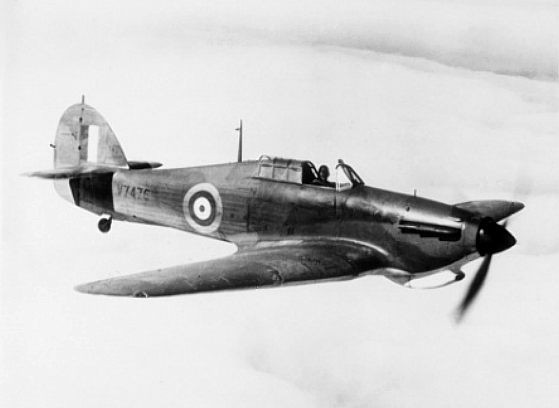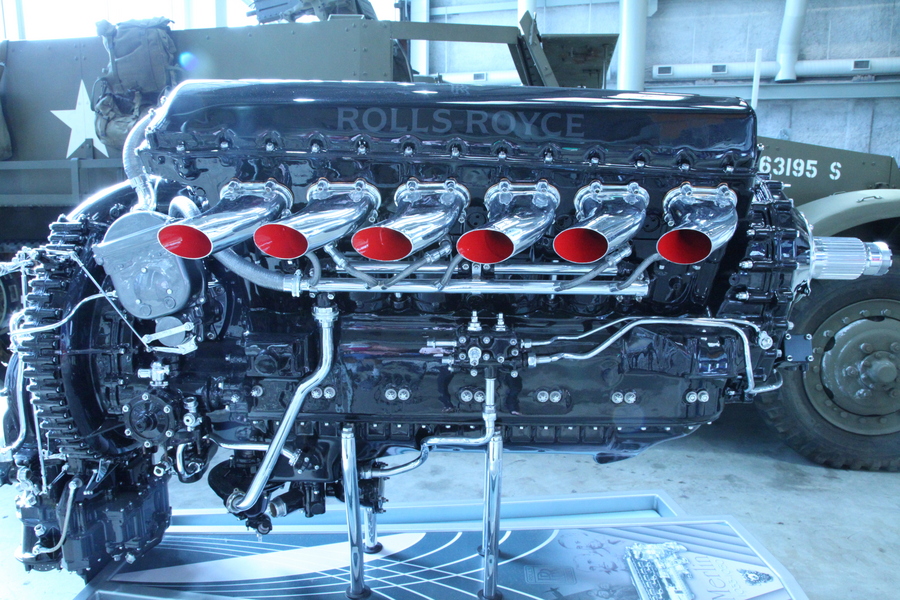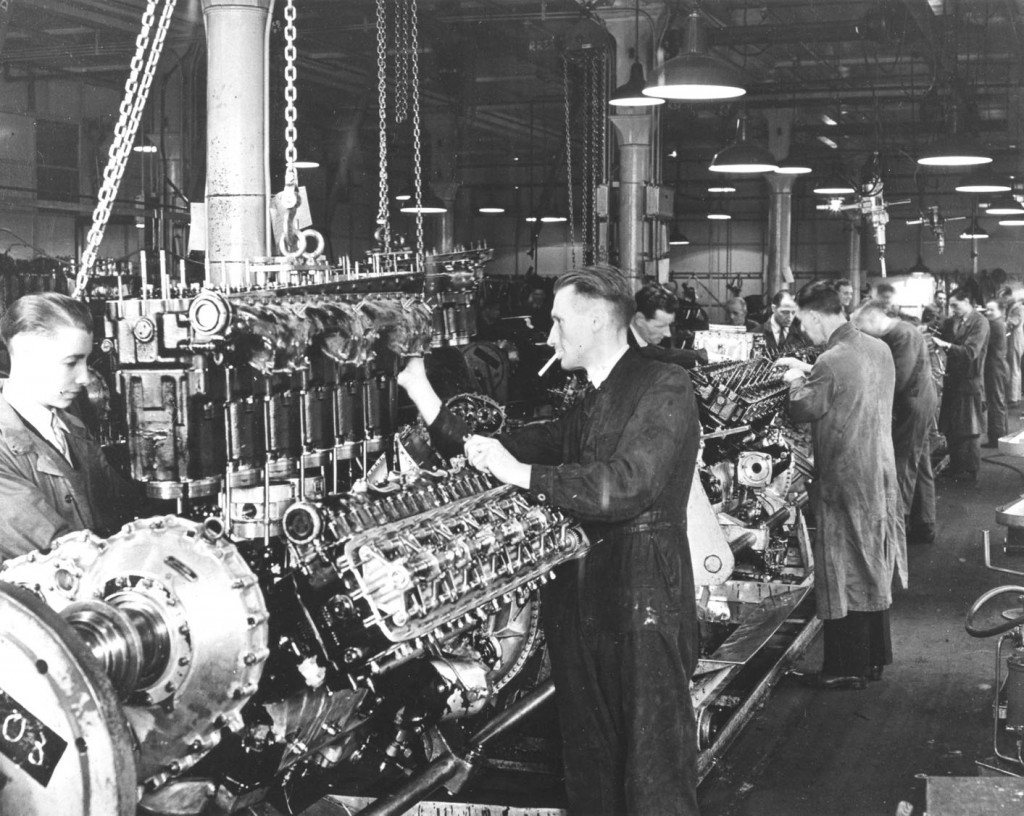Artifact Spotlight: Merlin Engine
Hurricanes vs. Zeros over Malaya, 21 January 1942

Hawker Hurricane
Seventy years ago today five British Hawker Hurricane fighter planes were shot down by Japanese Mitsubishi A6m “Zeros”. For several weeks, British Brewster Buffalos had been ravaged by the quicker, lighter, more maneuverable Zeros, which outclassed all available Allied aircraft over Malaya. The Hurricanes were sent in to replace the dwindling squadron, but fared little better despite their air crews incredible work at getting the Hurricanes assembled and ready to fly in just three days’ time. The shortcomings of British aircraft versus Japanese planes would play a part in the loss of British territory in southeast Asia. After a two-month battle fought by the British, Australian, Dutch, Indian, and Malayan forces, the Japanese succeeded in taking Malaya by 31 January 1942, robbing the Allies of yet another base of operations from which to fight back the swift and brutal advance of the Japanese.

Rolls Royce V-12 Merlin Engine, generously on loan to The National WWII Museum from the Rolls Royce Company
Merlin Engine
The Rolls Royce Company has generously loaned an impeccable Merlin engine, which powered the Hurricane, to The National World War II Museum. While the Hurricane may not have fared so well against the Zero in Malaya, the Merlin engine allowed for much more success during the Battle of Britain, and would also make the P-51 Mustang one of the most powerful fighters of the war. It is on display in the Louisiana Memorial Pavilion.
The Rolls Royce Merlin engine, born of air racing engines developed in the 1920s and ‘30s, powered over forty different types of aircraft, and was fitted into nearly 70,000 individual Allied aircraft. Pilots of both the Hawker Hurricane and Supermarine Spitfire relied on the Merlin to power their machines, successfully fighting their way out of a corner during the Battle of Britain and defeating the seemingly invincible German Luftwaffe in 1940. The pilots of the Royal Air Force’s bomber command also trusted the Merlin, flying four-engine Lancaster bombers during the nightly bombing raids on German-occupied Europe.
In fact, the Rolls Royce engine was deemed so essential to Britain’s war effort that Prime Minister Winston Churchill made arrangements to have the Merlin produced by the Packard Motor Company in the United States, well out of range of German bombers.
The Merlin engine design was altered more than eighty times throughout its World War II service. Higher octane fuels were used to increase performance, and the engine’s horsepower rose from 1300 in early Hurricane models to 1700 in the P-51D Mustang by 1945.

Rolls Royce Merlin engines in production in Nottingham.
This post by Curators Larry Decuers & Meg Roussel
- Posted :
- Post Category :
- Tags :
- Follow responses to this entry through the RSS 2.0 feed. You can skip to the end and leave a response. Pinging is currently not allowed.
3 Responses to “Artifact Spotlight: Merlin Engine”
Jonathan Readman says:
Truly a magnificent and excellent piece of machinery!
Timothy Ramsey says:
I had the pleasure of working on these great engines for over ten years and I think it’s great that you would features these wonderful designs on your site. Thank you..
Timothy Ramsey
John Gray says:
The Merlin I/II that powered the Hurricanes (and Spitfires BoB only)used in the Battle of Britain and the defence of Singapore were only 1030hp although with improvements in supercharger and fuel (as you say) the Merlin 130 series of 1945 were producing 2030hp.
Leave a Reply



